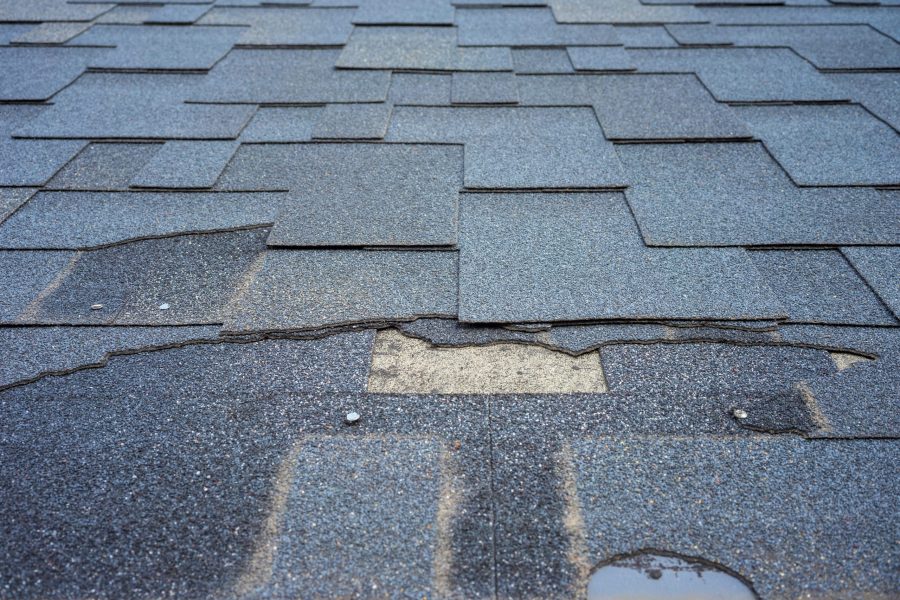In the United States, storms are a common occurrence. While most people aren’t prepared for these natural disasters, it’s imperative to take precautions. Here are some suggestions on what to do if your part of the country is expecting a storm.

Steps to Prepare
The most sensible way to prepare for storm damage is to have a plan. It’s also essential to have an emergency kit with everything you need. Most people don’t realize how dangerous storms can be until it’s too late. Don’t make this mistake. Prepare as soon as possible to stay safe during a storm.
Here are essential steps to get ready for a storm:
* Make a list of everything you need to take.
* List all the stuff you’ll need to replace if it’s lost or destroyed.
* Take pictures of your house and critical documents, like insurance policies and birth certificates, in case you need to get new copies.
* Check out your state’s family emergency plans to familiarize yourself with evacuation routes or shelter locations.
* Read over your insurance policy for storm damage.
The Most Common Types of Storm Damage
Storm damage is usually caused by the impact of water and winds on a building. Here are the most common types of storm damage:
Structural Damage: This is when the foundation or walls of your house or building get damaged by sustained surface winds traveling at 34 to 47 knots.
Electrical Damage: This is when gale-force winds also damage power lines, transformers, and other electrical equipment.
Flooding Damage: This is when water gets into your building or home through broken windows or doors and overflows into your home or office.
The Best Ways to Clean Up After a Storm
Although you’ll be exhausted after a storm, it’s critical to clean up to reduce water damage and mold. You can clean up with mops and buckets or bleach or other cleaning agents. Everyone has their own opinions on how to recover their property after a storm. Some people believe they need to use plenty of bleach to kill germs and bacteria. Other people argue that water and soap are the best way to clean up after a storm because this simple method doesn’t leave behind any residue or chemicals which could harm small children, pets, and houseplants.
However, if the water damage is extensive in a home or office, then water cleanup experts will be necessary. Businesses and homeowners will need a professional crew to come in with the latest high-tech equipment for sanitary water damage cleanup after a storm.
Conclusion: How to Prevent or Reduce Storm Damage
Natural disasters like storms are out of our control. But you can take plenty of smart precautions by creating a plan to minimize or avoid storm damage. First, install shutters, lock your doors, and secure the windows so they won’t break during a storm. Next, make a checklist of what to do to keep your family and belongings safe.